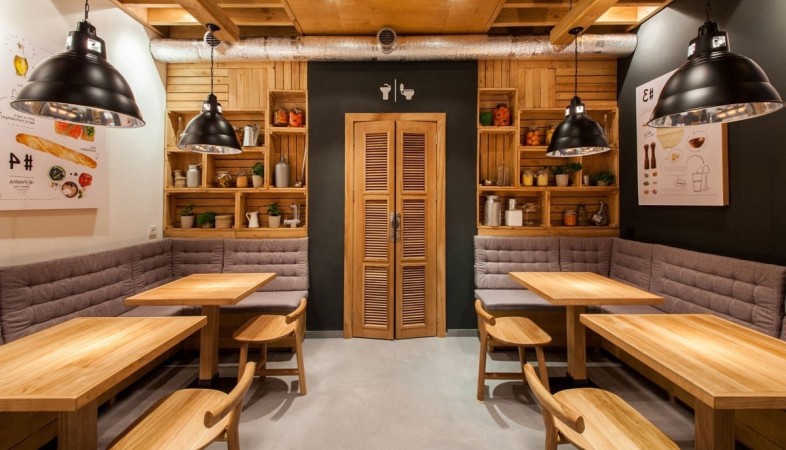SHARE
Commercials
More Posts
Mar 13, 2025
Til Aur Khajur Ke Ladoo - By Chef Reetu Uday Kugaji
Mar 15, 2025
Rajesh Kumar Takes Charge as Unit Manager at Sodexo
Mar 11, 2025
Dabeli - By Chef Falguni Somaiya
Mar 13, 2025
Til Aur Khajur Ke Ladoo - By Chef Reetu Uday Kugaji
Mar 15, 2025
Rajesh Kumar Takes Charge as Unit Manager at Sodexo
Mar 11, 2025
.png)



























